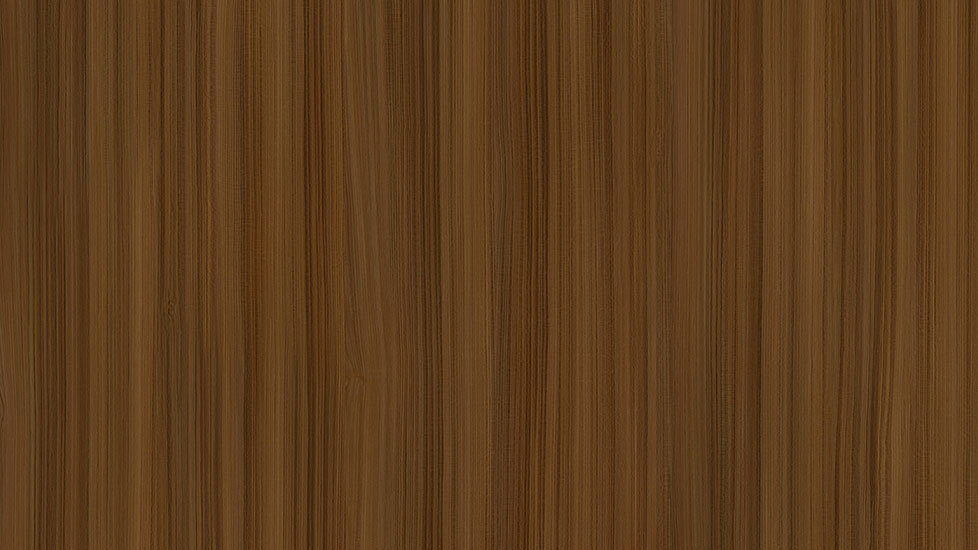Exploring the Natural Elegance of Elm Wood Grain Veneer in Architectural Design
Aug 09,2025

Elm Wood Grain Veneer has emerged as a preferred choice in the field of architectural and decorative materials due to its distinctive visual appeal and functional qualities. Recognized for its rich patterns and textures, Elm veneer brings a touch of natural elegance to a variety of applications, from cabinetry to wall panels.
One of the primary features of Elm Wood Grain Veneer is its unique grain pattern, which varies from straight to wavy, offering a visually dynamic surface that can enhance the overall aesthetic of any space. This variability allows designers and architects to create unique looks that cater to a range of styles, from rustic to contemporary.
In addition to its aesthetic advantages, Elm Wood Grain Veneer is known for its durability. The wood itself is relatively resistant to warping and cracking, making it suitable for various environments. This durability is essential in construction and decoration, where materials are subjected to changing temperatures and humidity levels. The veneer can be applied over less expensive substrates, providing the high-end look of solid wood at a fraction of the cost.
When considering Elm Wood Grain Veneer for your projects, it is important to understand the proper care and maintenance that can prolong its life and beauty. Regular cleaning with a soft, damp cloth and avoiding harsh chemicals can help maintain the veneer’s finish. Additionally, applying a suitable wood conditioner or polish can enhance its natural luster and protect it from wear.
Sustainability is another important factor influencing the choice of materials in today's design landscape. Elm is often sourced from sustainable forestry practices, making it an environmentally friendly option. Using Elm Wood Grain Veneer not only showcases a commitment to ecological responsibility but also supports the longevity of wood species by encouraging responsible harvesting.
In terms of application, Elm Wood Grain Veneer can be used in a variety of settings. It is commonly found in residential spaces, such as living rooms and kitchens, and is also gaining popularity in commercial interiors, including offices and retail environments. The versatility of the veneer allows it to be easily adapted to different design elements, including furniture, cabinetry, and wall treatments.
Overall, Elm Wood Grain Veneer represents a harmonious blend of beauty, durability, and sustainability, making it an excellent choice for architects and designers looking to elevate their projects. By integrating this natural material into your designs, you can create spaces that are not only aesthetically pleasing but also environmentally conscious, reflecting current trends in design and architecture.
One of the primary features of Elm Wood Grain Veneer is its unique grain pattern, which varies from straight to wavy, offering a visually dynamic surface that can enhance the overall aesthetic of any space. This variability allows designers and architects to create unique looks that cater to a range of styles, from rustic to contemporary.
In addition to its aesthetic advantages, Elm Wood Grain Veneer is known for its durability. The wood itself is relatively resistant to warping and cracking, making it suitable for various environments. This durability is essential in construction and decoration, where materials are subjected to changing temperatures and humidity levels. The veneer can be applied over less expensive substrates, providing the high-end look of solid wood at a fraction of the cost.
When considering Elm Wood Grain Veneer for your projects, it is important to understand the proper care and maintenance that can prolong its life and beauty. Regular cleaning with a soft, damp cloth and avoiding harsh chemicals can help maintain the veneer’s finish. Additionally, applying a suitable wood conditioner or polish can enhance its natural luster and protect it from wear.
Sustainability is another important factor influencing the choice of materials in today's design landscape. Elm is often sourced from sustainable forestry practices, making it an environmentally friendly option. Using Elm Wood Grain Veneer not only showcases a commitment to ecological responsibility but also supports the longevity of wood species by encouraging responsible harvesting.
In terms of application, Elm Wood Grain Veneer can be used in a variety of settings. It is commonly found in residential spaces, such as living rooms and kitchens, and is also gaining popularity in commercial interiors, including offices and retail environments. The versatility of the veneer allows it to be easily adapted to different design elements, including furniture, cabinetry, and wall treatments.
Overall, Elm Wood Grain Veneer represents a harmonious blend of beauty, durability, and sustainability, making it an excellent choice for architects and designers looking to elevate their projects. By integrating this natural material into your designs, you can create spaces that are not only aesthetically pleasing but also environmentally conscious, reflecting current trends in design and architecture.
Previous page:








